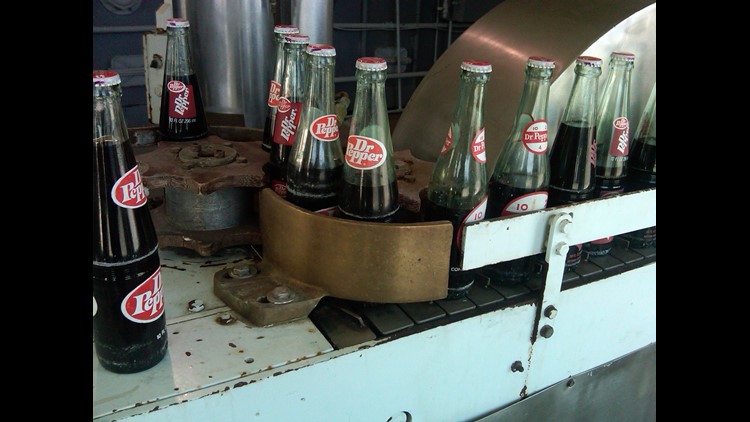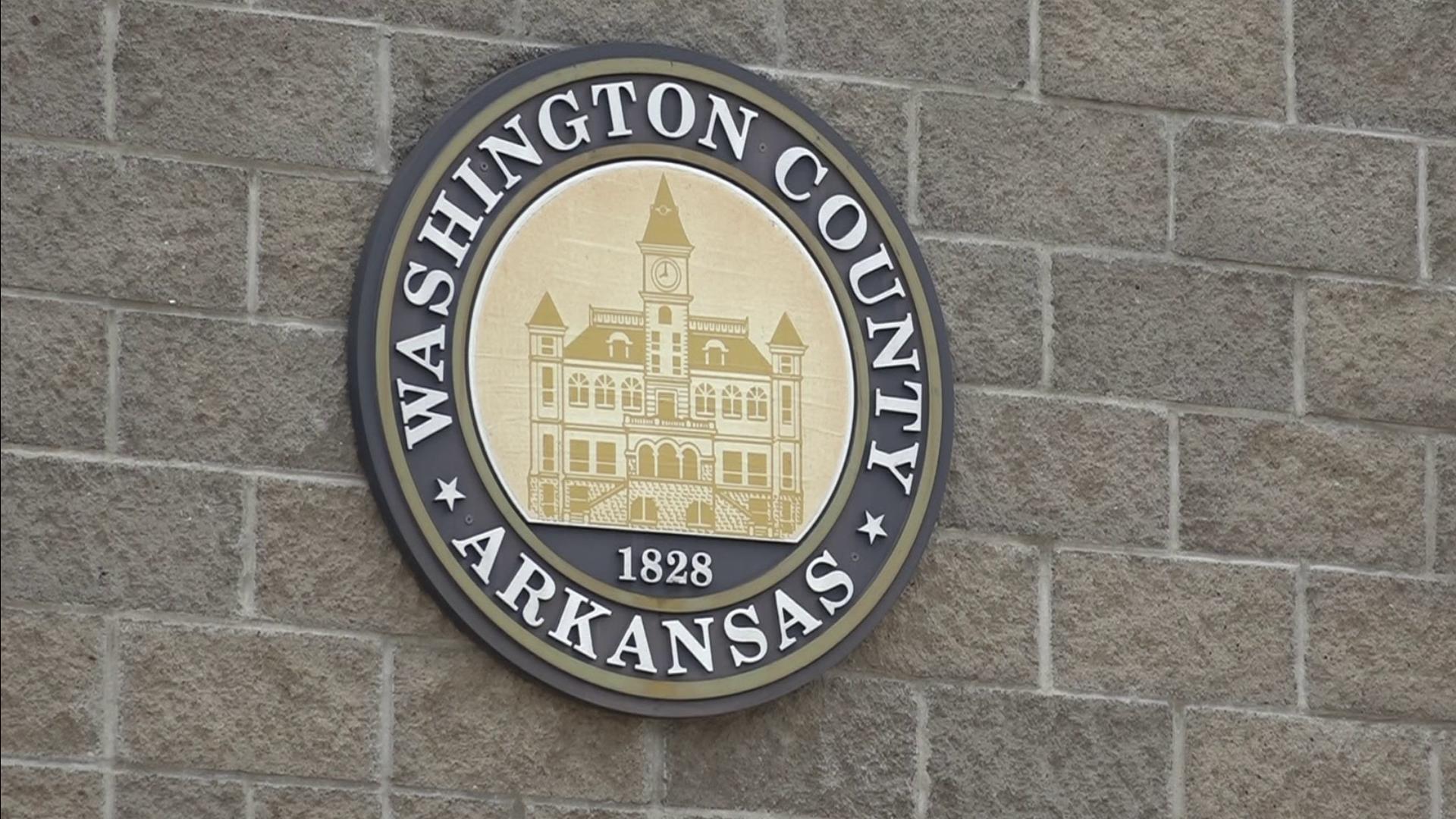(CNN) –This week, the Center for Science in the Public Interest, a nonprofit Washington-based watchdog group on nutrition and food safety, once again pushed the Food and Drug Administration to look at the chemicals — or “caramel coloring” — that turn cola brown.
The CSPI’s petition asks the FDA to ban caramel colorings that are produced by an ammonia or ammonia-sulfite process and contain 2-methylimidazole (2-MI) and 4-methylimidazole (4-MI). The petition, originally filed on February 16, 2011, claims both 2-MI and 4-MI are “carcinogenic in animal studies.”
The animal studies linking 4-MI to cancer in lab mice and rats prompted the state of California to officially list 4-MI as a carcinogen on January 7, 2011, under California’s Proposition 65, the Safe Drinking Water and Toxic Enforcement Act of 1986. There have been no studies thus far on the chemicals’ risk to humans.
The most recent call to arms from the CSPI comes after the watchdog group found a sampling of colas, including Coca-Cola, Diet Coke, Pepsi and Diet Pepsi, surpassed the allotted 29 milligrams of 4-MI per day under Proposition 65.CSPI also urged the FDA to change the “caramel coloring” label to “chemically modified caramel coloring” or “ammonia-sulfite process caramel coloring” to avoid any confusion with consumers over the coloring’s makeup.
“When most people see ‘caramel coloring’ on food labels, they likely interpret that quite literally and assume the ingredient is similar to what you might get by gently melting sugar in a saucepan,” said CSPI Executive Director Michael F. Jacobson in a public statement.
The statement continued, “The reality is quite different. Colorings made with the ammonia or ammonia-sulfite process contain carcinogens and don’t belong in the food supply. In any event, they shouldn’t be obscured by such an innocuous-sounding name as ‘caramel coloring.'”
But reviews of the data by the FDA and American Beverage Association found the causation between caramel coloring and the risk of cancer to be insufficient.
“This is nothing more than CSPI scare tactics, and their claims are outrageous. The science simply does not show that 4-MEI in foods or beverages is a threat to human health,” responded the American Beverage Association in a news release.
The beverage association also noted that, “In fact, findings of regulatory agencies worldwide, including the U.S. Food and Drug Administration, European Food Safety Authority and Health Canada, consider caramel coloring safe for use in foods and beverages. CSPI fraudulently claims to be operating in the interest of the public’s health when it is clear its only motivation is to scare the American people.”
The FDA lists caramel coloring as “generally recognized as safe” or “GRAS.” Regardless, members of the beverage association — including Coca-Cola — will modify the coloring so they can continue to sell their products in California without a cancer warning label.
“Our member companies will still use caramel coloring in certain products, as always. The companies that make caramel coloring for our members’ soft drinks are producing it to meet California’s new standard,” the beverage association said in a separate statement.
“Consumers will notice no difference in our products and have no reason at all for any health concerns.”
In 2011 when the CSPI first filed the petition, former director of the Vanderbilt University Center in Molecular Toxicology and well-known toxicologist F. Peter Guengerich spoke to ABC News.
“If you look at the study in terms of what the mice got, in terms of causing any effect, a human being would have to drink more than 1,000 sodas a day,” he said.
Today, his opinion remains the same.
Guengerich said in a statement this week, “The amounts of 4-MI consumed in beverages (and food) is extremely low compared to the high, long-term levels given the mice and rats, and extrapolation of either any harmful or beneficial results from these rodent models to humans at this time is not scientifically valid.”
The-CNN-Wire/Atlanta/+1-404-827-WIRE(9473)
™ & © 2012 Cable News Network, Inc., a Time Warner Company. All rights reserved.



